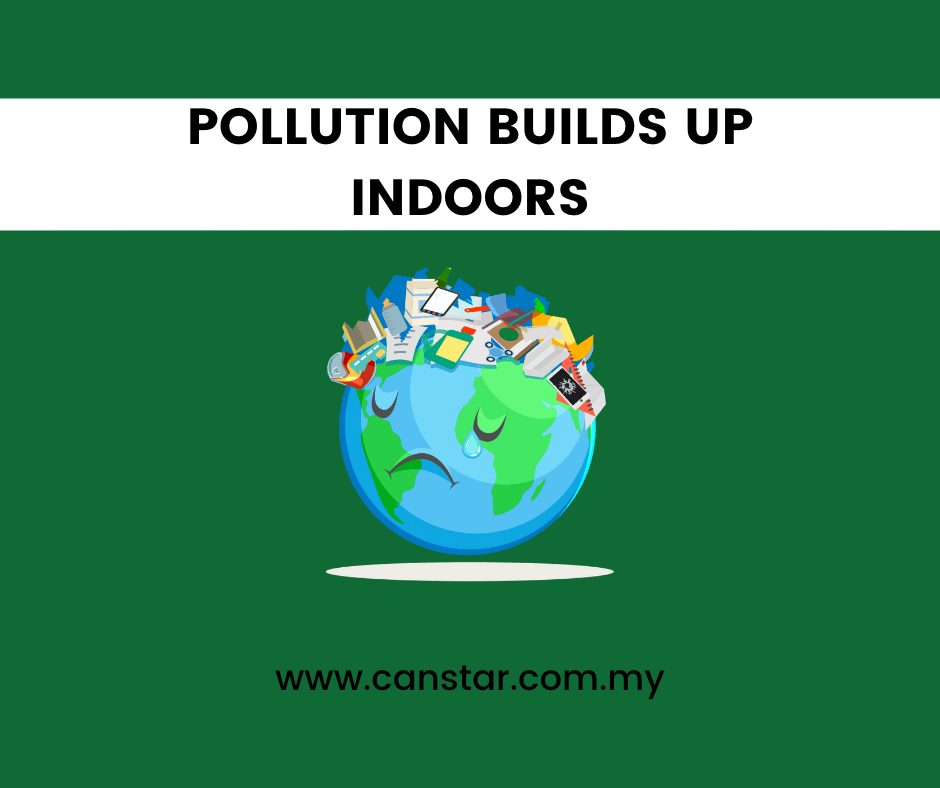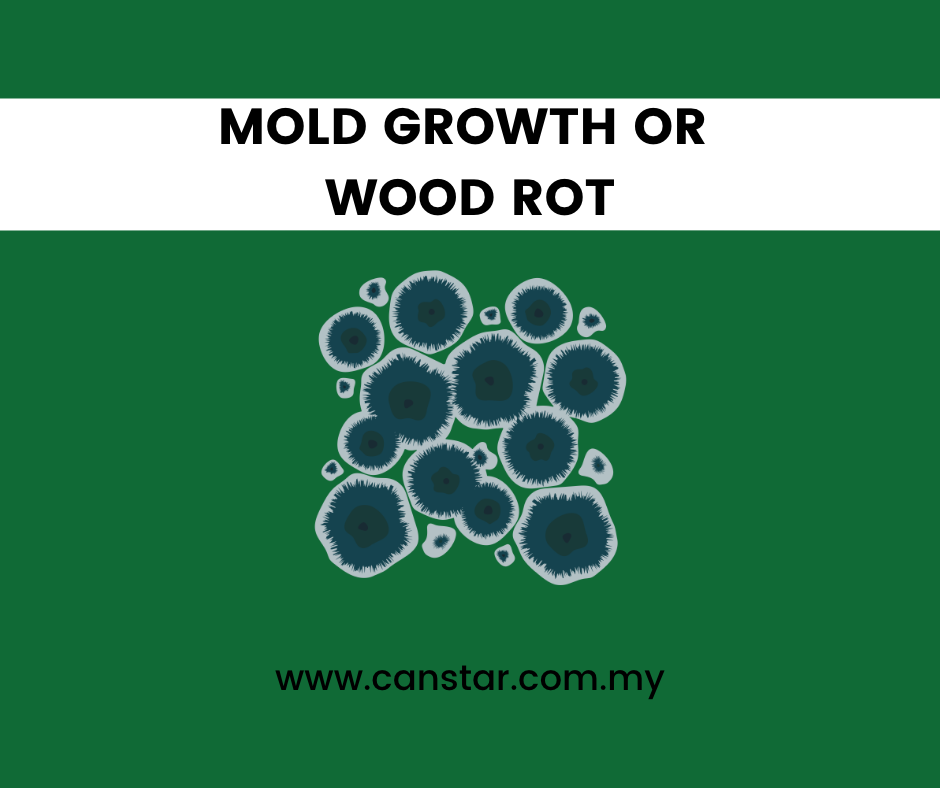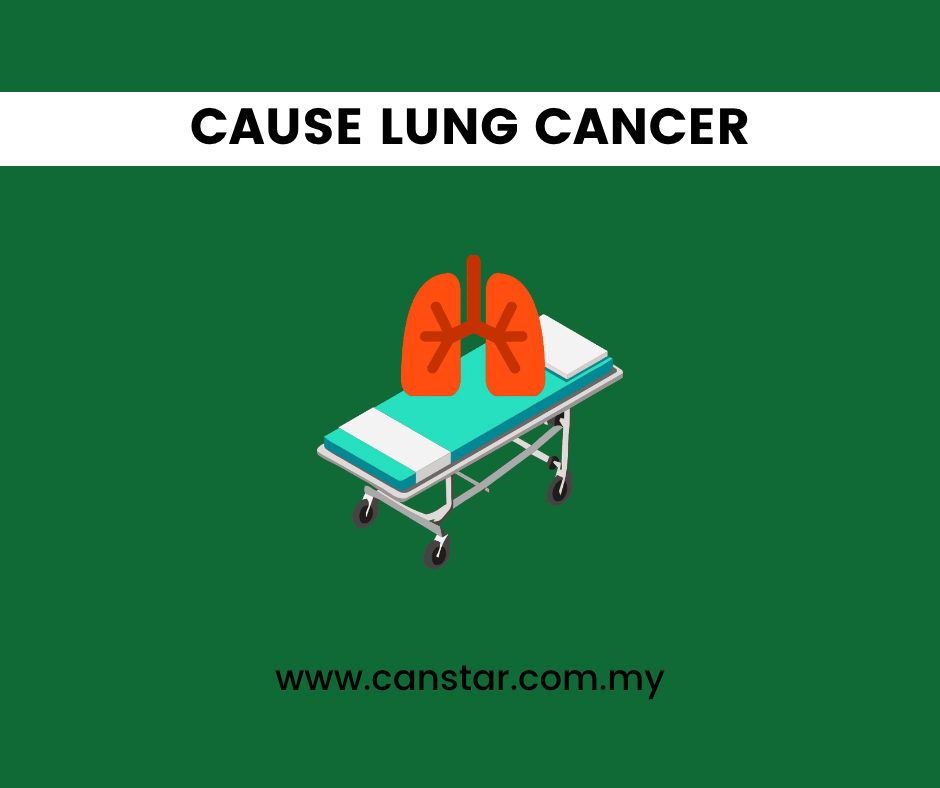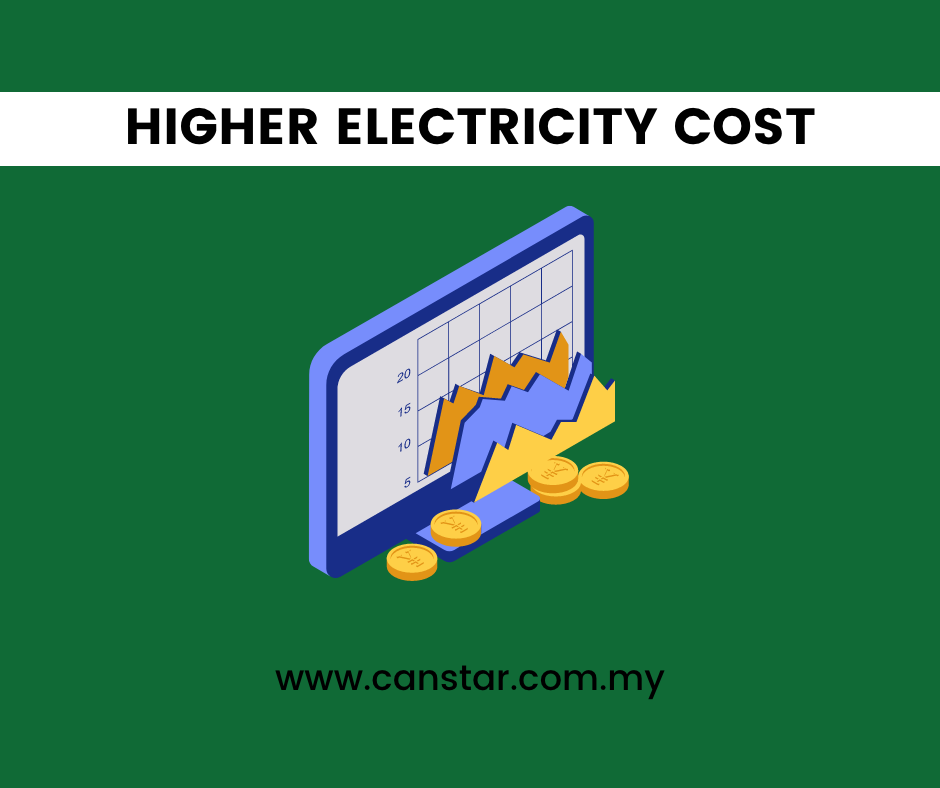Poor ventilation can lead to several health, safety, and operational problems in both residential and commercial spaces. Here are some key challenges caused by inadequate airflow:
1. Poor Indoor Air Quality (IAQ)
- Stagnant air leads to the buildup of pollutants such as dust, mold spores, and chemical fumes.
- Increased exposure to allergens can trigger respiratory issues like asthma and allergies.

2. Excessive Heat and Discomfort
- Insufficient airflow causes heat buildup, making indoor spaces hot and stuffy.
- High temperatures reduce comfort and productivity, especially in workplaces.
3. Increased Humidity and Condensation
- Poor ventilation traps moisture, leading to high humidity levels.
- Excess moisture can cause condensation on walls, ceilings, and equipment, increasing the risk of mold growth and corrosion.
4. Growth of Mold and Mildew
- Damp, poorly ventilated spaces create the perfect conditions for mold and mildew to thrive.
- Mold exposure can lead to health problems such as skin irritation, breathing difficulties, and allergic reactions.

5. Higher Risk of Airborne Diseases
- Poor ventilation allows airborne pathogens and bacteria to accumulate.
- This increases the spread of illnesses like colds, flu, and other respiratory infections, especially in crowded places.

6. Foul Odors and Stale Air
- Without proper airflow, unpleasant odors from cooking, chemicals, and waste linger in the environment.
- Stale air reduces comfort and can negatively affect employee morale in workplaces.
.png)
7. Energy Inefficiency and Higher Costs
- Poor ventilation forces HVAC systems to work harder, leading to increased energy consumption.
- This results in higher electricity bills and additional maintenance costs.

8. Structural Damage to Buildings
- Moisture buildup from inadequate ventilation can weaken building materials.
- Wooden structures may rot, while metal components may rust, leading to costly repairs.
Conclusion
Proper ventilation is essential for maintaining a healthy, comfortable, and energy-efficient environment. Investing in solutions like HVLS fans, exhaust systems, and natural ventilation can help address these challenges, ensuring better air quality and overall well-being.



.png)


 Singapore
Singapore